Joyce Wieland was a pivotal figure in Canadian art during the 1960s and 1970s, and her work continues to be influential in contemporary art. She began her career as a painter, but her art practice expanded to incorporate a range of media and materials, including film, and indeed she achieved renown as an experimental filmmaker. Wieland’s work was often politically engaged with issues of war, gender, ecology, and nationalism, while remaining aesthetically powerful and filled with humour.
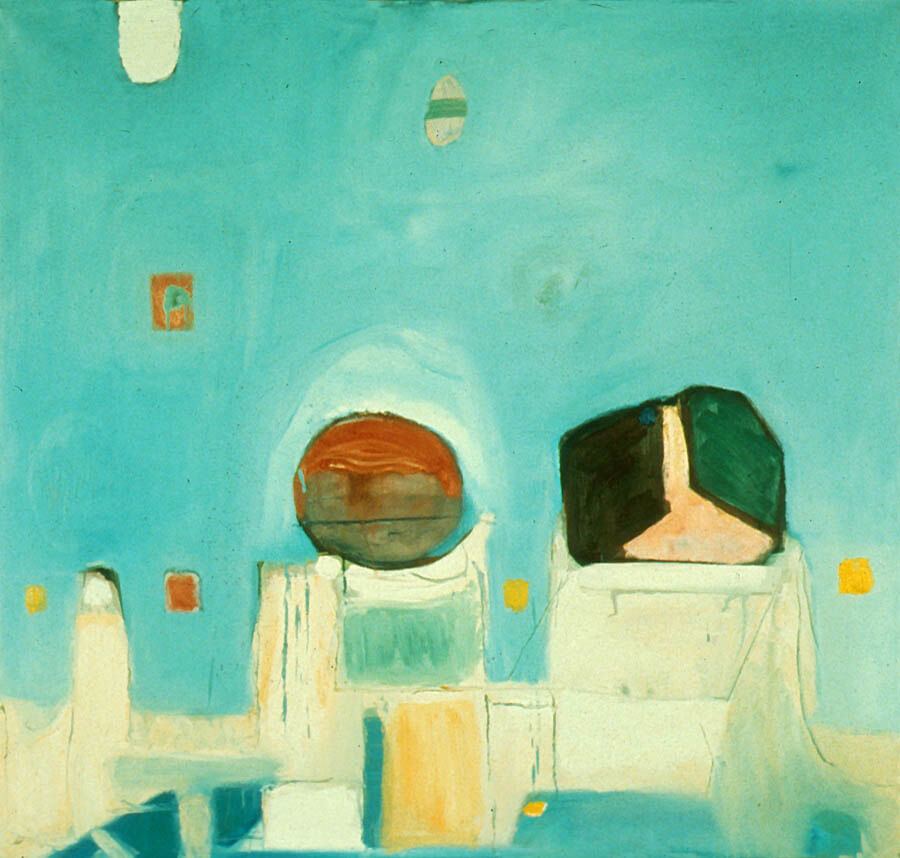
Significance
Joyce Wieland belongs to that 1960s generation of artists sometimes referred to as the neo-avant-garde. In Canada and internationally, trained modernist painters were breaking away from a medium-specific understanding of art, developing practices that used a wide range of materials, media, and subject matter. The American art critic Clement Greenberg famously wrote that the great modern artists “derive their chief inspiration from the medium they work in.” This idea was central to Abstract Expressionism and colour-field painting, which spread from New York through North America during the postwar era, including the 1950s Toronto art world. Wieland emerged from an environment in which Painters Eleven, a group of Canadian Abstract Expressionist artists, was committed to exploring form, colour, line, movement, and composition, using the medium of paint applied to canvas.
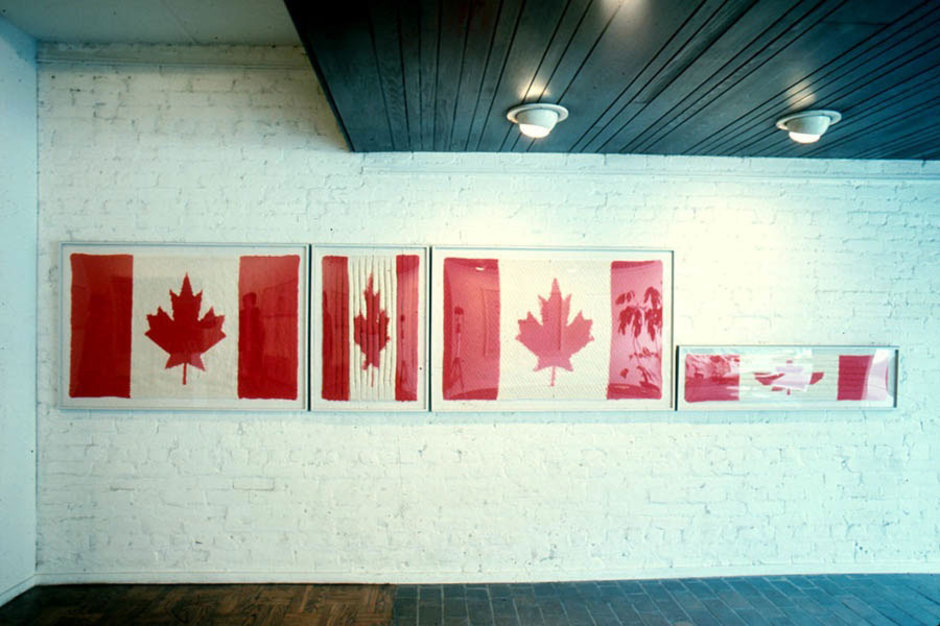
Wieland, however, pushed the boundaries of the modernist painting, showing that she was unafraid to contaminate its legacy with elements drawn from folk art, pop culture, or politics. As a result some of her artworks are veritable mash-ups. Throughout the 1960s and 1970s Wieland’s practice became hybridized and omnivorous. She incorporated film, photography, everyday found objects, and industrialized materials such as plastic, while making extensive use of fabric and sewing techniques traditionally viewed as “women’s work.”
Exploring this arsenal of materials and media, Wieland challenged the notion that art should occupy a protected cultural space, removed from politics and daily life. After she moved to New York in 1962, her artmaking became entwined with the countercultural activism of the sixties. The anti-war, feminist, ecological, and civil rights causes that inspired Wieland would remain just as important when the artist turned her attention toward Canada to explore the question of national identity.
Activism and Nationalism
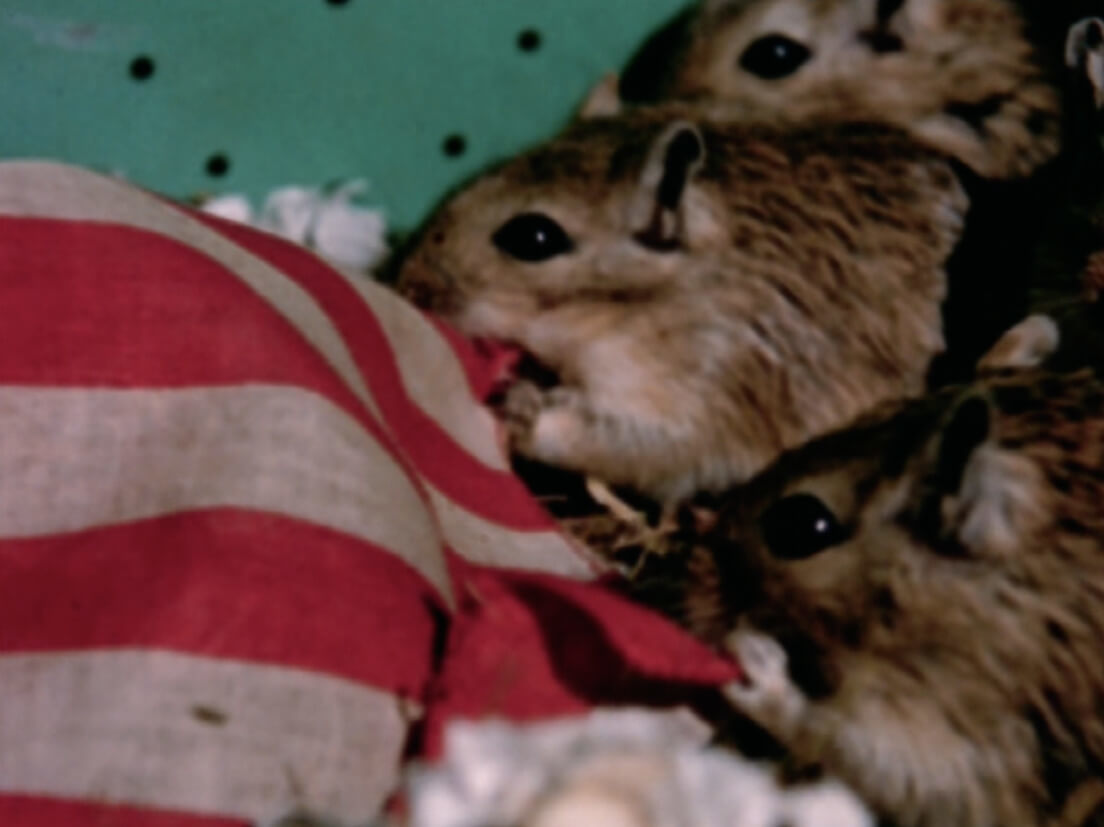

When Wieland made assemblages and films that alluded to the Vietnam War, she joined a generation of activists, intellectuals, students, and artists outraged by a war that resulted in carnage. But Wieland’s treatment of serious political issues would often be allusive, ironic, or even comical. For instance, in Stuffed Movie, 1966, references to the Vietnam War appear in the form of newspaper clippings semi-camouflaged within candy-coloured plastic assemblages, implying that the media coverage of war inevitably collides with the consumerism of everyday life. Wieland’s experimental film Rat Life and Diet in North America, 1968, makes reference to the stream of young Americans who refused to be sent to Vietnam and so fled to Canada—except that the protagonists of Wieland’s fable-like work are cute rodents filmed in a sequence of artfully arranged tableaux.
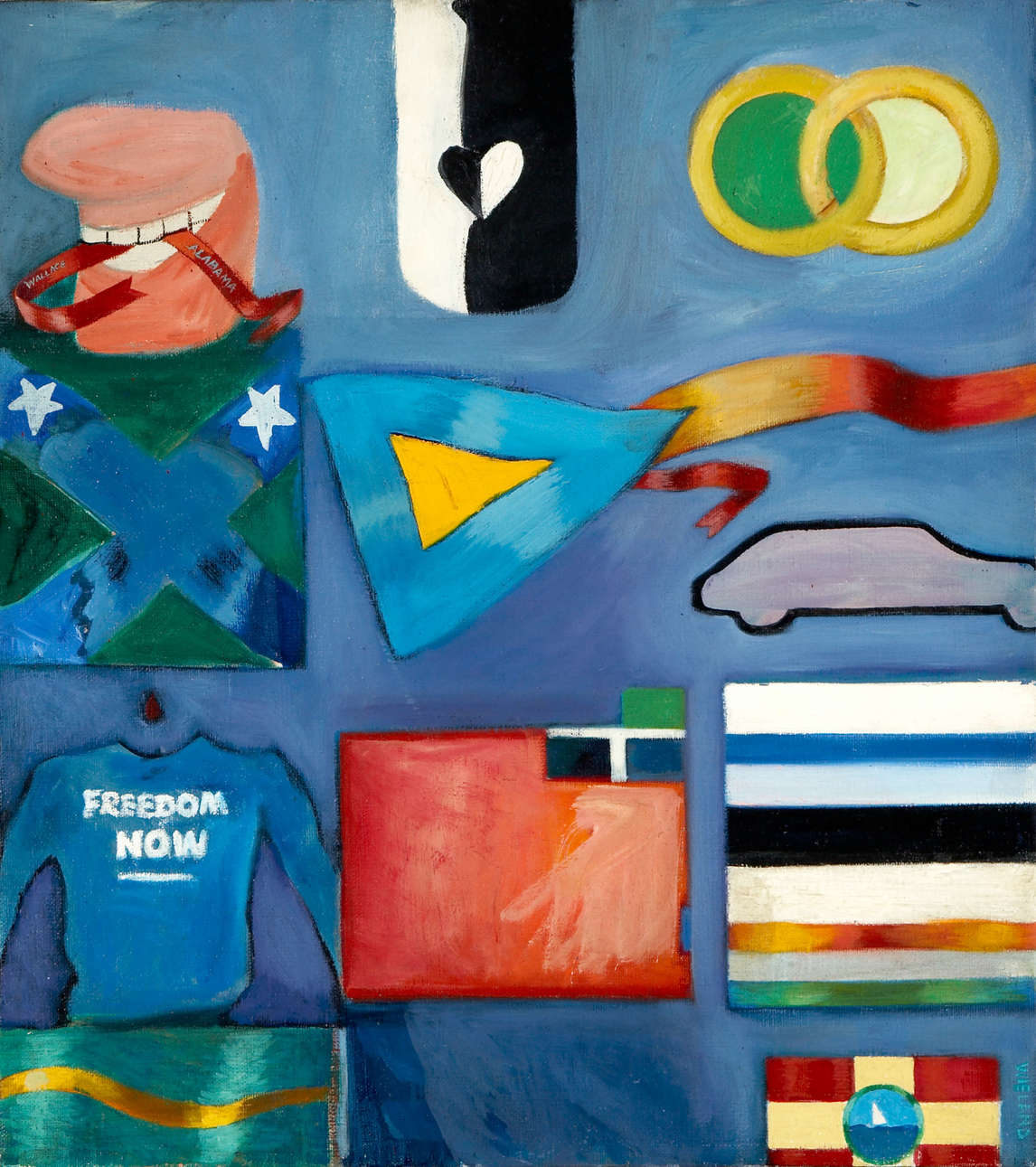
Political issues are apparent in much of Wieland’s art practice from the 1960s: pollution and ecological questions are raised, and the civil rights movement and racism are referred to in paintings such as March on Washington, 1963, and First Integrated Film with a Short on Sailing, 1963. She also became more attuned to the places of Aboriginal peoples within the national imaginary, most notably in her bookwork True Patriot Love, 1971, which features traces of Inuit language and culture.
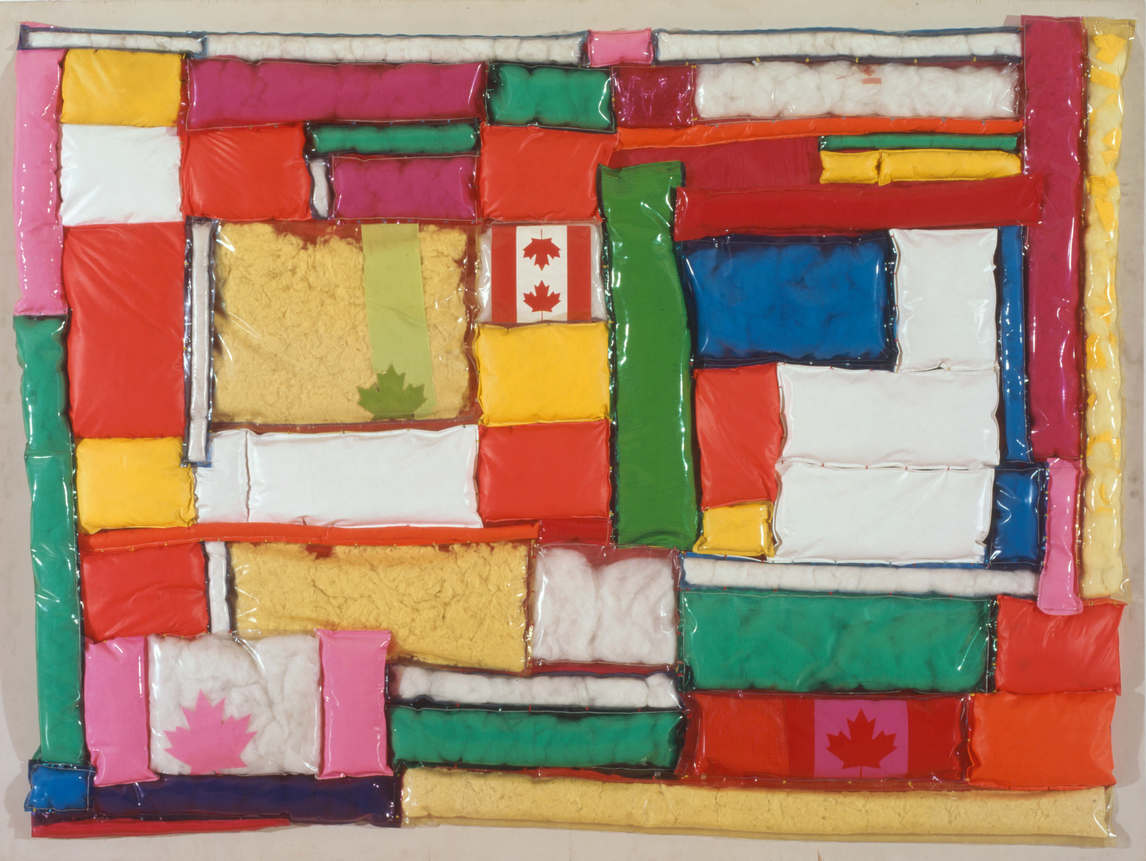
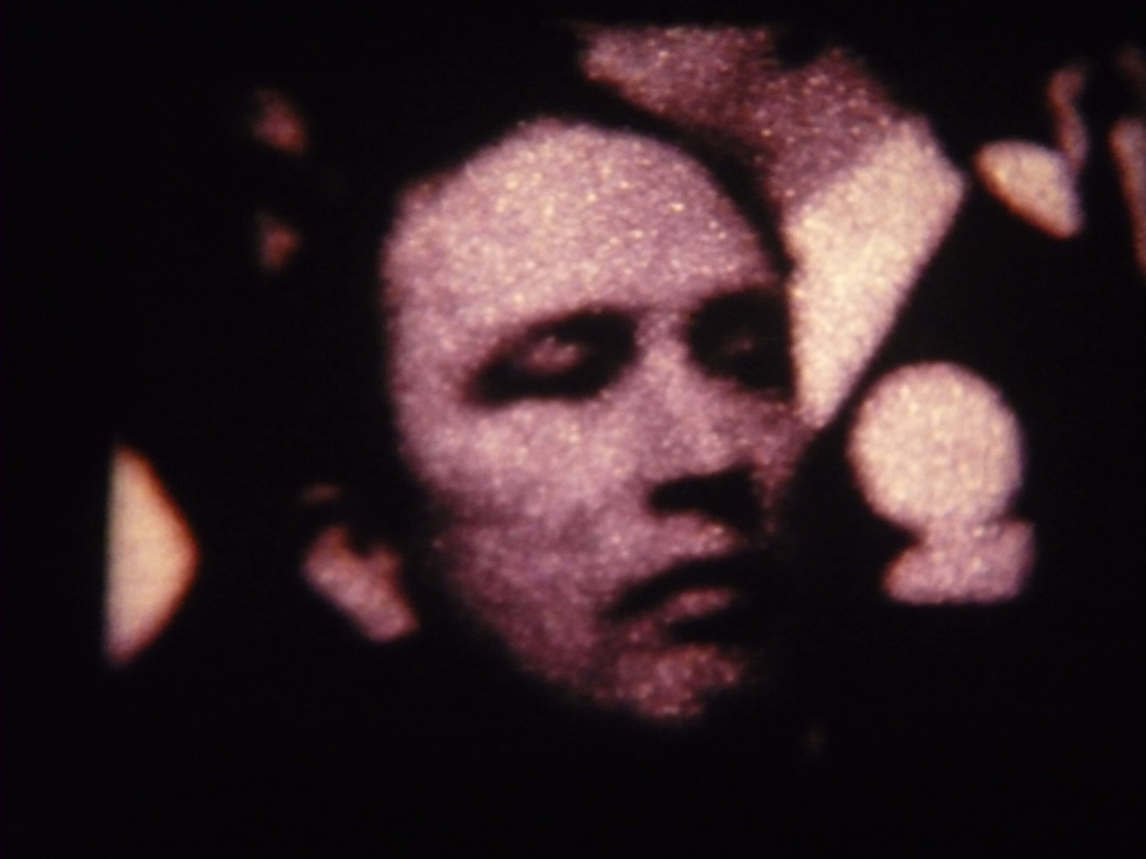
While still living in New York, Wieland became preoccupied with the question of national identity and began to make artwork related to Canada. In 1967 Canada celebrated its Centennial with spectacular events and exhibitions. The following year Pierre Elliott Trudeau was elected prime minister, regarded by many as the ideal leader for a forward-looking nation. Wieland too was temporarily swept up by Trudeaumania and incorporated his words and image into some of her work, such as her fabric pieces Reason over Passion and La raison avant la passion, 1968, and her 1969 film of the same title. Ultimately her vision of Canadian nationhood was more utopian, radical, and left wing than that espoused by Trudeau’s Liberal government.
By the time of her exhibition True Patriot Love at the National Gallery of Canada in 1971, Wieland was sympathetic to the principles of the Waffle group, the emphatically socialist branch of the New Democratic Party; she invited Waffle co-founder Mel Watkins as a guest of honour at the exhibition opening. She had also incorporated pages of a book by the other co-founder, James Laxer, into The Water Quilt, 1970–71. Wieland shared with these political activists the idea of Canada as a nation-state unbeholden to American corporate interests.
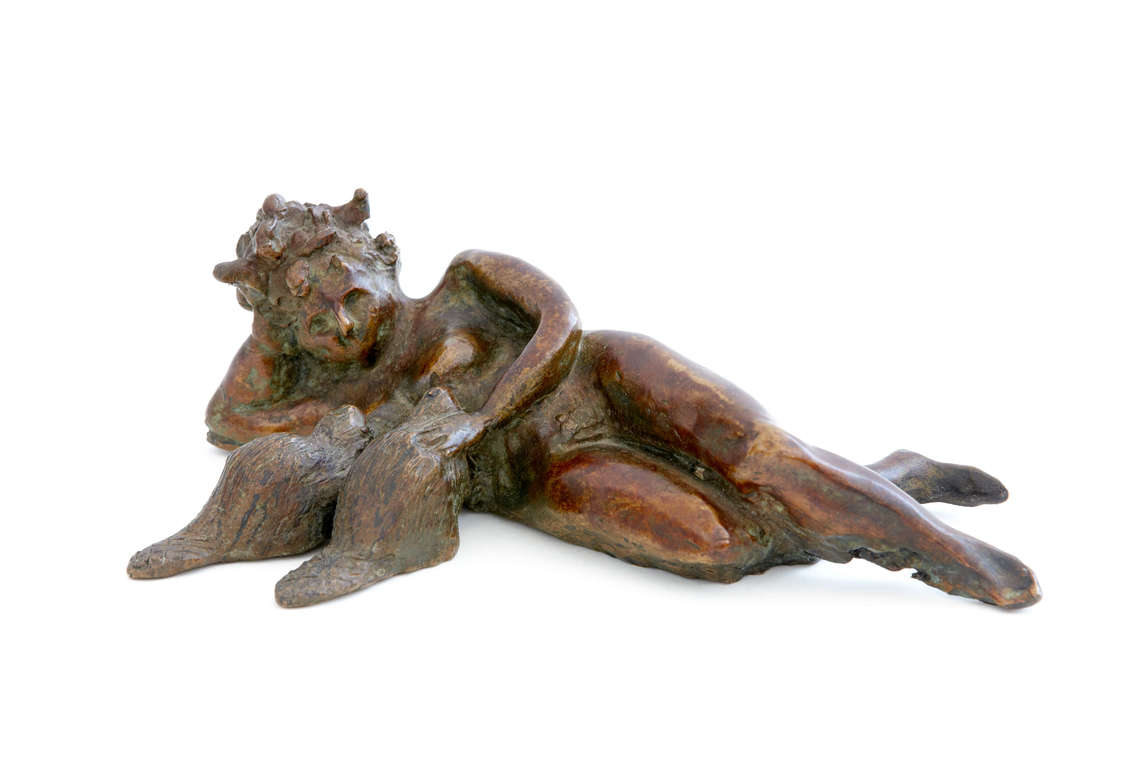
Despite the gravity of the issues she was addressing, Wieland’s humour was often in evidence as she set out to make political art. Occasionally a blatant political slogan appeared, as in the quilted work I Love Canada—J’aime le Canada, 1970, in which large bold letters spelling out the title are complemented by a small handwritten text that reads “Down with US technological imperialism” in both English and French. And during her True Patriot Love exhibition, the gallery’s gift shop sold bottles of Sweet Beaver, described as “the perfume of Canadian liberation.”
This new form of political art proposes that liberating the nation also means freeing its national symbols. A flag should be not just something that is waved at political rallies or while tanks roll by in a military parade. Wieland’s project of tampering with national symbols elicited a mixed response, even from critics who shared her left-wing politics. Barry Lord, an art writer and cultural nationalist in the 1970s, writes that “this burlesque of our national symbols was a slap in the face to patriotic Canadians.” However, by drawing on these foundations of Canadian visual culture Wieland reminded her fellow citizens that the terms of the national contract should continue to be questioned.
Feminism
In 2008–9 Joyce Wieland was included in the exhibition WACK! Art and the Feminist Revolution when it travelled to the Vancouver Art Gallery from the Museum of Contemporary Art, Los Angeles. Her art and experimental films were powerful contributions to an international phenomenon—the transformation of twentieth-century art as it came into contact with feminism. Exhibitions such as WACK! reveal that Wieland was hardly alone in making art that spoke to her circumstances as a woman, while addressing the changing roles of women in the labour force and in the art world.
Such impulses were often undertaken by individual women who could not grasp at the time the scope of the revolution they were involved in. Wieland herself struggled to be taken seriously as an artist and filmmaker. Her marriage to Michael Snow (b. 1928), also a successful artist, may have both helped and hindered her career. Certainly no other Canadian artist from this period was as committed to exploring the social performance of gender. The scholarship of Lauren Rabinovitz and Kay Armatage has laid the foundations for a feminist interpretation and analysis of Wieland’s career, an approach furthered by other authors.
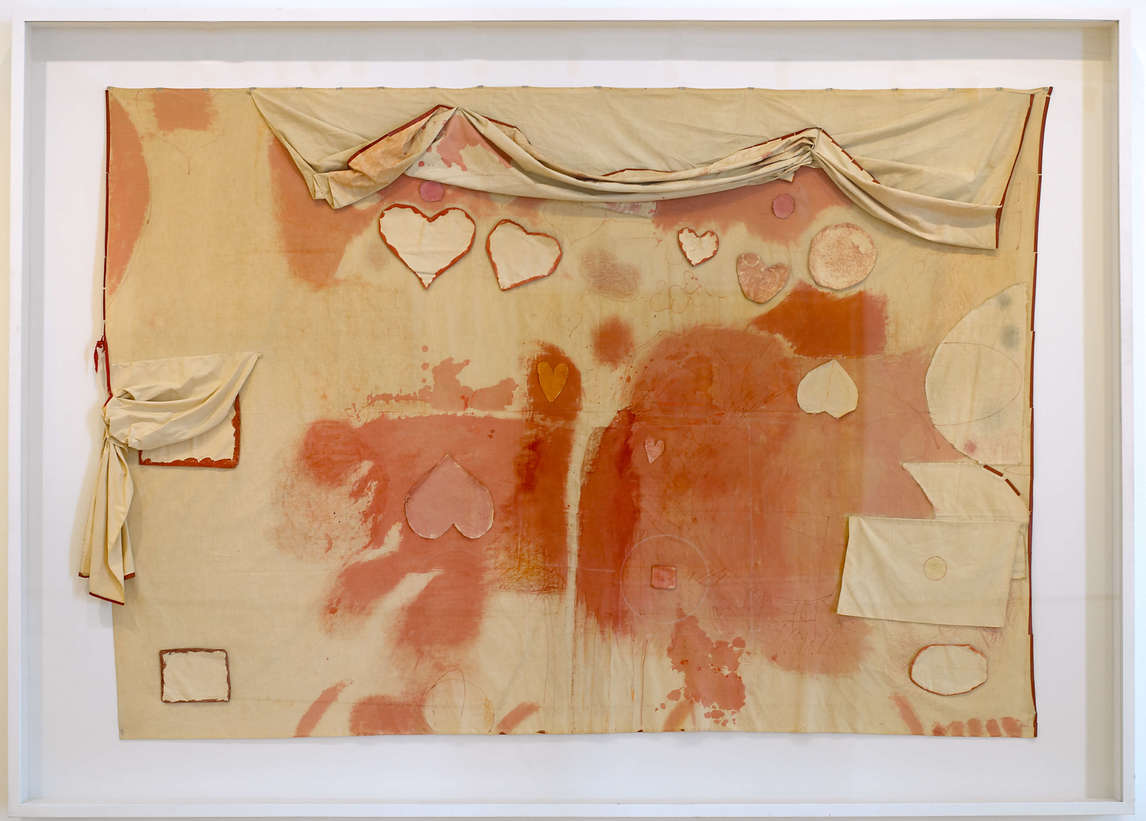
Feminism plays itself out in various ways in Wieland’s art practice: as it relates to sexuality and embodiment; through the reclamation of needlecraft, otherwise known as “women’s work”; and with the creation of a heroine in her feature film The Far Shore, 1976. The emphasis on sex and bodies appears early in Wieland’s work. We find it as a sly insertion into an abstract painting such as Redgasm, 1960, while her multimedia work Heart On, 1961, evokes sexuality with its red markings that resemble menstrual bloodstains. Many of Wieland’s Pop art–influenced paintings from the mid-1960s feature cartoon-like penises; this comic attitude toward male genitalia suggests a confident and emancipated woman. In Wieland’s film Water Sark, 1965, her interest in reflection and perception had her aim the camera toward both her domestic environment and her own naked body.
Wieland was also a leader when it came to the feminist reappropriation of quilting, sewing, and knitting. Historically girls and women had perfected these practices in domestic and community contexts, with no expectation that the results would be recognized as significant artworks. By incorporating cloth and sewing into her art practice, and by exhibiting these new objects alongside more conventionally appreciated paintings and sculptures, Wieland challenges the age-old institutional hierarchy that debases the value of women’s work.
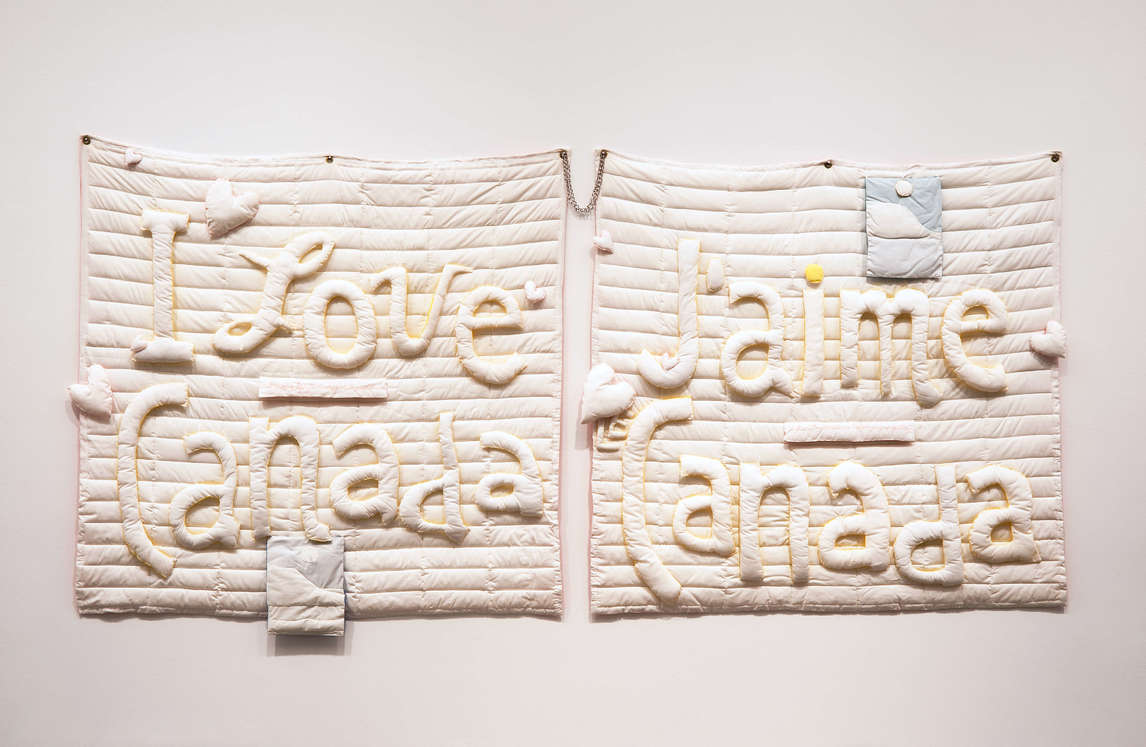
In her art practice, folk art and craft are ingeniously interwoven with impulses drawn from Pop and Conceptual art. O Canada Animation, 1970, for instance, consists of neat strands of hand-embroidered red lips mouthing the words of the national anthem. Embroidery is used to replicate handwritten letters, as in Montcalm’s Last Letter / Wolfe’s Last Letter, 1971, or to create dialogue, as in The Water Quilt. Wieland also produced stitched and knitted works in the form of quilt-like hangings, cushion-like objects, language-based cloth assemblages, and other hybrid art objects. She did not accomplish all this singlehandedly: on a number of occasions she hired women who were expert needleworkers to execute her designs.
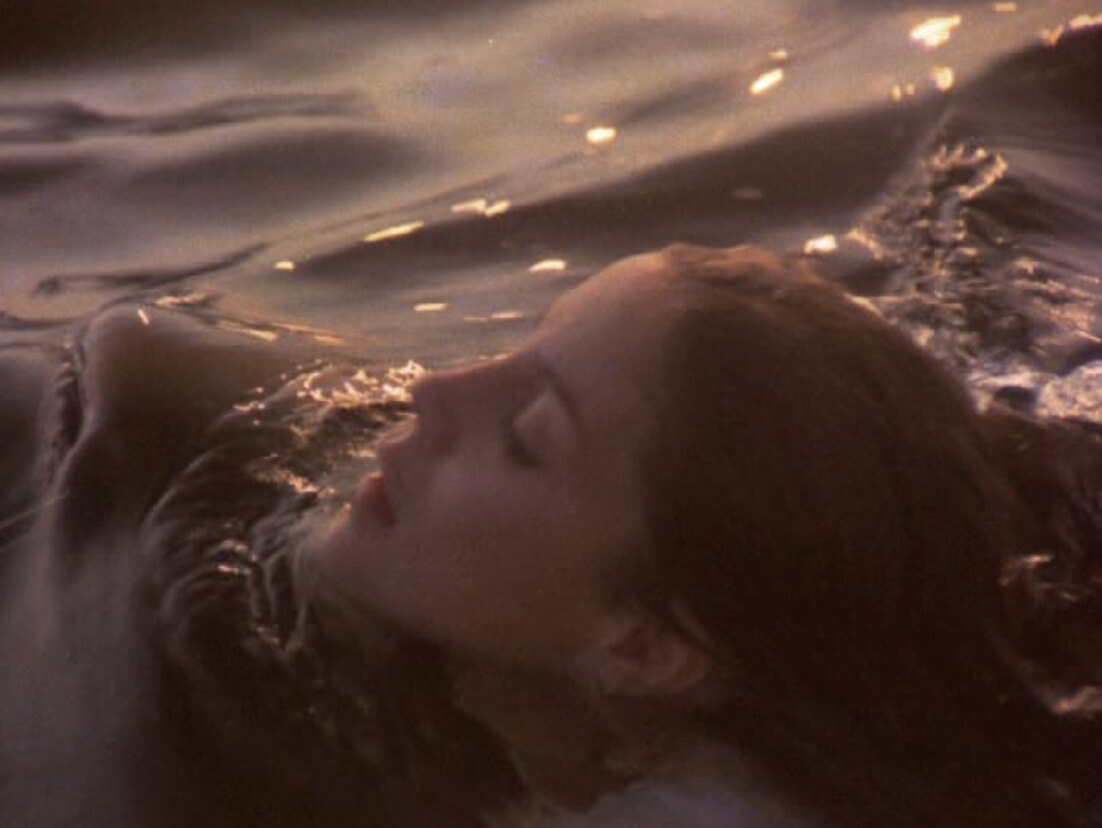
Wieland alluded to gendered experience throughout her art practice, but it was her feature film The Far Shore that allowed her to invent a fully complex female character, positioned at the centre of Canadian art history. In this alternative-history tale, Eulalie de Chicoutimi is the lover of a character based on Tom Thomson (1877–1917), but she is no simple muse for the male artist. The film tells her story as an unhappily married woman, and the male artist appears as her object of desire. A musician herself, Eulalie shares the painter’s passion for the land as she attempts to find her place in the world. Wieland had created a detailed storyboard for this film—whose full professional crew included the respected Canadian cinematographer Richard Leiterman—and she ensures that the camera positioning and movement correspond to Eulalie’s experience. The melodrama that Wieland uses to construct the story is also important, revealing the domestic and ideological constraints faced by women.
As a twentieth-century artist searching for new forms of expression, Wieland was evidently empowered by feminism. Her artistic production should be considered as part of a wide-ranging “feminist revolution”: her paintings, assemblages, and films eloquently address the changing social status of women, while challenging the customary exclusion of female experience from the realm of art and aesthetics.
Environment, Ecology, and Landscape
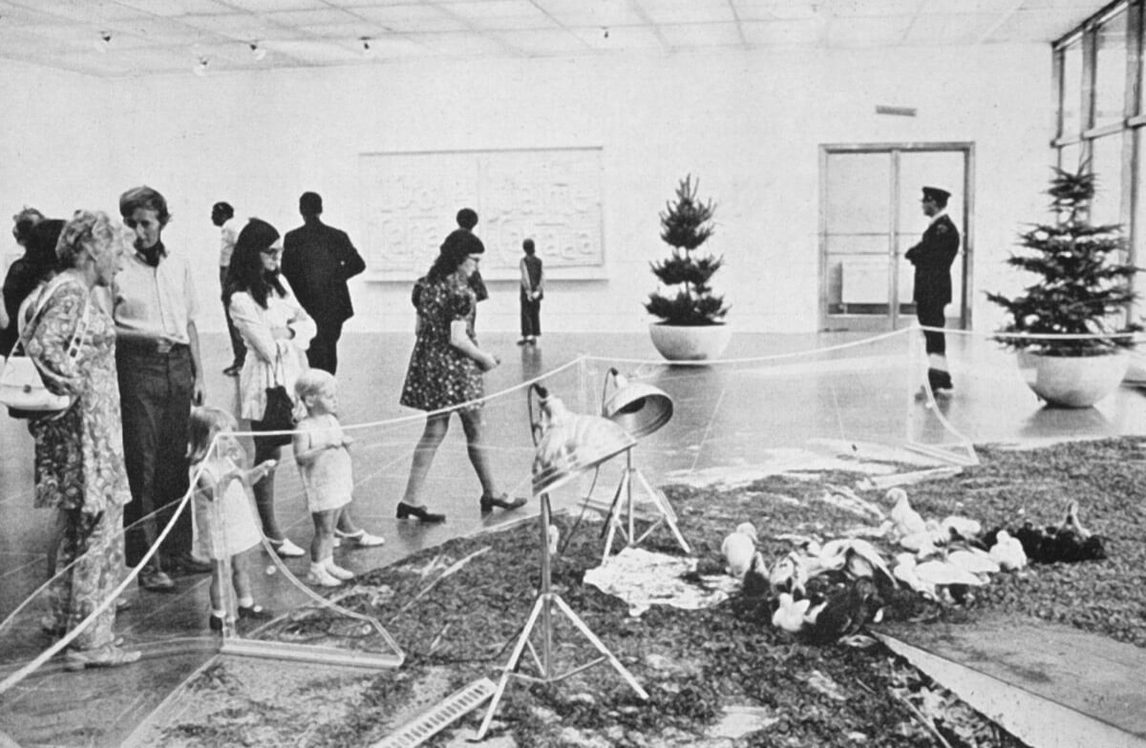
Joyce Wieland was deeply responsive to the natural environment, both as an activist and as an artist/filmmaker. In the early 1960s she spoke out against the widespread use of pesticides, and in later years she was involved in other ecological causes and protested the construction of massive hydroelectric dams in northern Canada. By the time of her 1971 National Gallery of Canada exhibition, her artworks often focused on the land, usually avoiding the conventional format of landscape pictures. A work such as The Water Quilt, for instance, packs a powerful ecological and political message about the North by presenting a grid of delicately embroidered arctic flowers that is literally underwritten by a printed text—one that criticizes Canada’s free-market sale of resources such as water and energy. Another non-traditional depiction of the land is Arctic Passion Cake, 1971, an actual cake measuring 1.67 metres across, covered with snow-white frosting and encrusted with emblems and allegorical figures (the bronze sculptures Bear and Spirit of Canada, 1970–71, and The Spirit of Canada Suckles the French and English Beavers, 1970–71).
The True Patriot Love bookwork is also a piece of unconventional landscape art, with its page-after-page montage of photographs, maps, mementos, and handwritten notes evoking the layers of meaning that accumulate as people occupy or move through environments. In other instances Wieland’s approach to the natural environment is less overtly political and more comical: 109 Views, 1970–71, features landscape imagery, except that each separate “view” in this monumental (8-metre-long) work is hand-stitched out of scraps of colourful fabric. During the late 1960s and early 1970s Wieland’s experimental attitude toward landscape art was shared by fellow Canadian artists such as Jeff Wall (b. 1946), N.E. Thing Co., Jack Chambers (1931–1978), and Michael Snow. These artists might all have wilfully deviated from the wilderness paradigm associated with the Group of Seven, but it was Wieland more than any of her compatriots who seemed determined to reinvent the aesthetic category of “Canadian landscape.”

The Canadianness of landscape art was explored in Wieland’s films as well, in the three that she described as a trilogy: Rat Life and Diet in North America, 1968; Reason over Passion / La raison avant la passion, 1969; and The Far Shore, 1976. Made at the height of the Vietnam War, the first is an animal fable in which Canada becomes a utopian destination for the rodent heroes who are fleeing a militarized American state. Reason over Passion / La raison avant la passion, made the following year, shows coast-to-coast scenery rushing by in a technological blur, interrupted occasionally by a patriotic symbol and, in the middle, images of Pierre Elliott Trudeau from the 1968 Liberal convention. These first two titles are part of Wieland’s experimental/underground film production, whereas The Far Shore is a feature-length fiction film set in 1919, with a cast of invented characters who interact with a thinly disguised Tom Thomson figure. These are dramatically different films in style and sensibility, and yet they form a genuine trilogy: in all cases Canada’s natural environment comes into focus—not as some detached object of beauty but rather in relation to politics, social relations, nationalism, art, and human agency.
In the 1980s Joyce Wieland returned to painting, and once again the representation of natural environments would become central to a body of work. The paintings from this period are very different, however, from the earlier assemblages and films, notably because the locations are no longer identifiably Canadian. With their intense colours and almost psychedelic effects, Wieland’s late landscapes are environments that reverberate across time and space.

 About the Author
About the Author
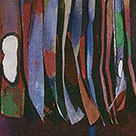 More Online Art Books
More Online Art Books
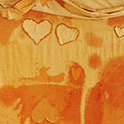 Acknowledgements
Acknowledgements